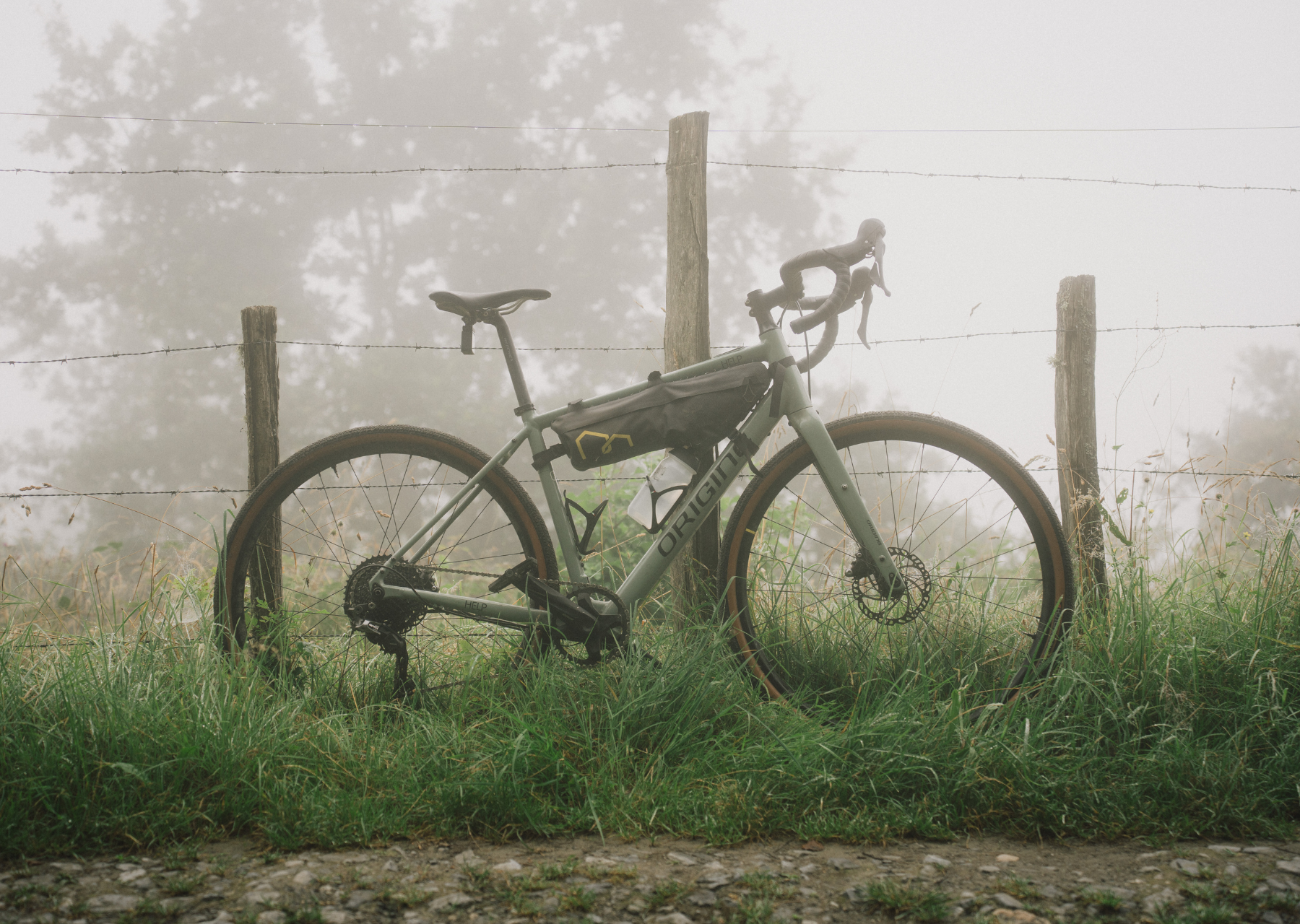5 Top Tips for travelling with your bike on the train
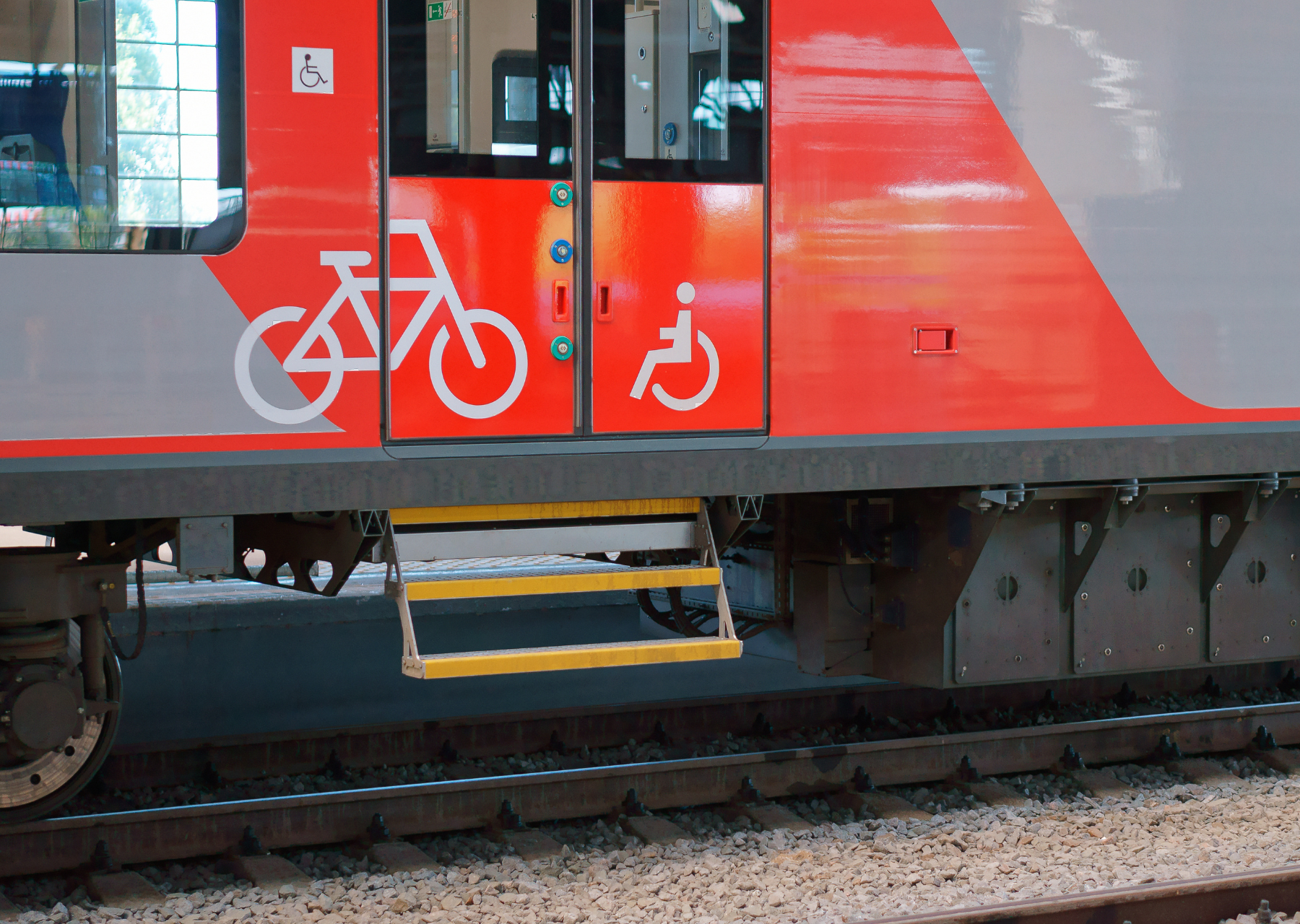
At first travelling by train with your bike can seem fairly complicated, but armed with a little knowledge the whole journey can become much easier. Whether you’re heading somewhere for the weekend or a longer trip, or want to ride to the train and ride off again at your destination, we’ve put together a handy guide to help your journeys go as smoothly as possible.
1. Read each train operators bike policy
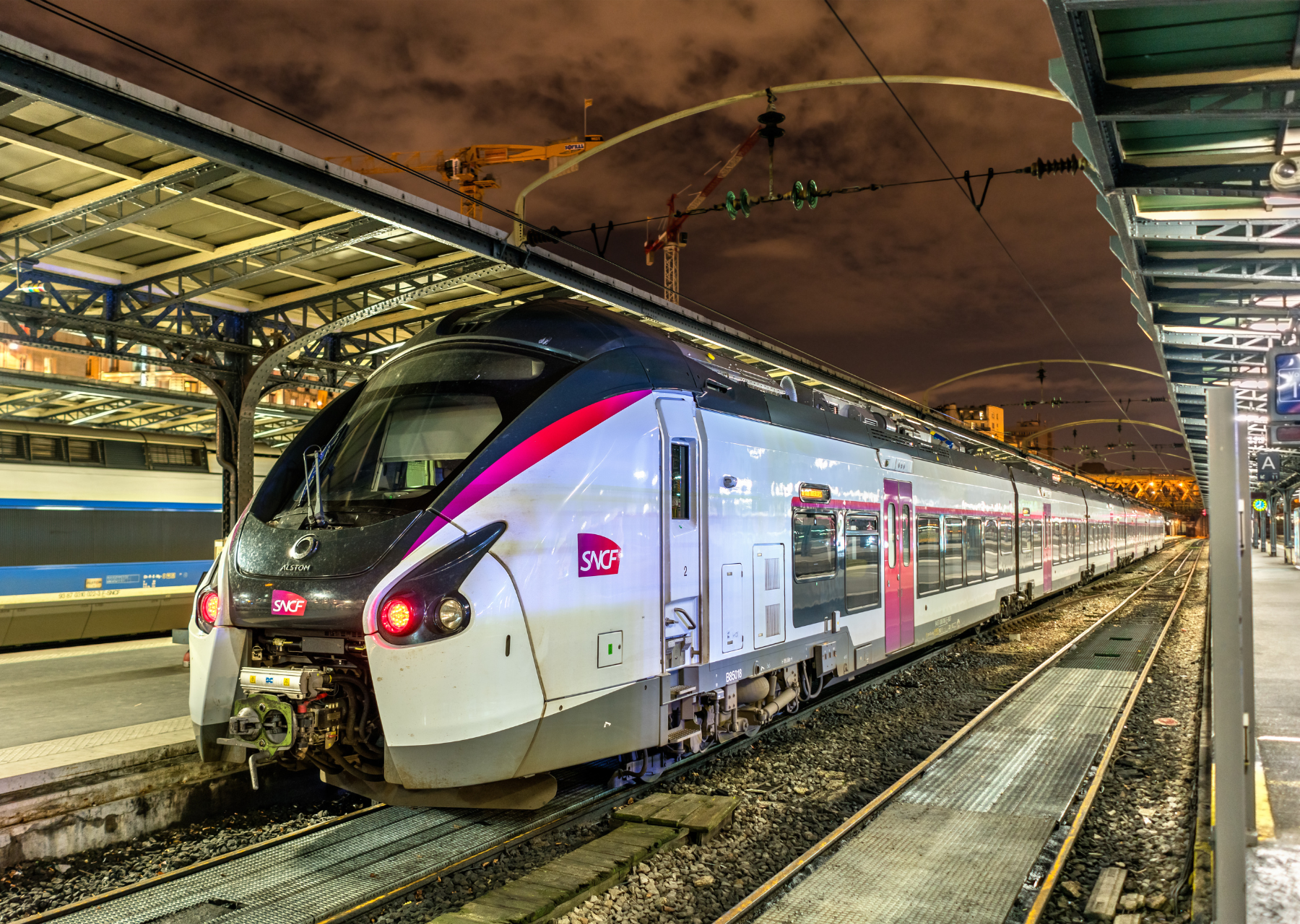
It’s not the most exciting way to start, but it’s crucial that you find out about each train operators bike policy as there is no universal system unfortunately! In France you must book your bike space ahead of time (called a réservation préalable) for some journeys, others have bike carriages or merely limited bike spaces on a first come first served basis. The national train operator SNCF can advise you on which trains accept bikes without reservation, and most TGVs (Train Grande Vitesse, or high speed train) need a prior reservation for a fee.
Understanding the different types of train in France
Each type of train has specific bike policies, and handily the trains are labelled so you’ll be able to tell which you are booking/taking. Firstly on the TER (Regional Express Trains) and the Intercités (Intercity) trains, bikes are generally accepted for free and without booking, so long as there’s space available. There’s no need to take your bike apart and have it in a bag, you can just wheel it on, and wheel it off again.
The TGV is different however, and if you have a long way to travel the TGV will speed up your journey enormously (London to Montpellier is only around 7 hours!) You’ll need a bit more preparation time as booking your bike a space on the train is essential, sometimes for a nominal fee. You’ll also need to take your bike apart beforehand (although many an unsuspecting cyclist has done this on the platform, author included!) and have it stored in a bag for the journey.
International trains
When travelling on the Eurostar the rules are slightly different, and places are really limited so you’ll need to book well ahead. Between London and France you bike MUST be taken apart and in a substantial bag or box. You’ll need to drop it off at the designated luggage drop off point before continuing to departures. At your destination you’ll be given your bike on the platform with no trolley so make sure you can handle it! If travelling to the south of France you’ll need to change stations in Paris via the metro which is easier said than done with a bike in tow… However if you travel via Lille Europe you’ll just need to change platforms which makes an enormous difference.
Between London and Brussels you can take your bike fully assembled.
Between France, Germany, the Netherlands and Belgium, your bike must be dismantled and in a soft bag. Check the dimension restrictions and availability when booking as there are very limited spaces and specific conditions on certain routes.
2. Choosing a bike bag to transport your bike
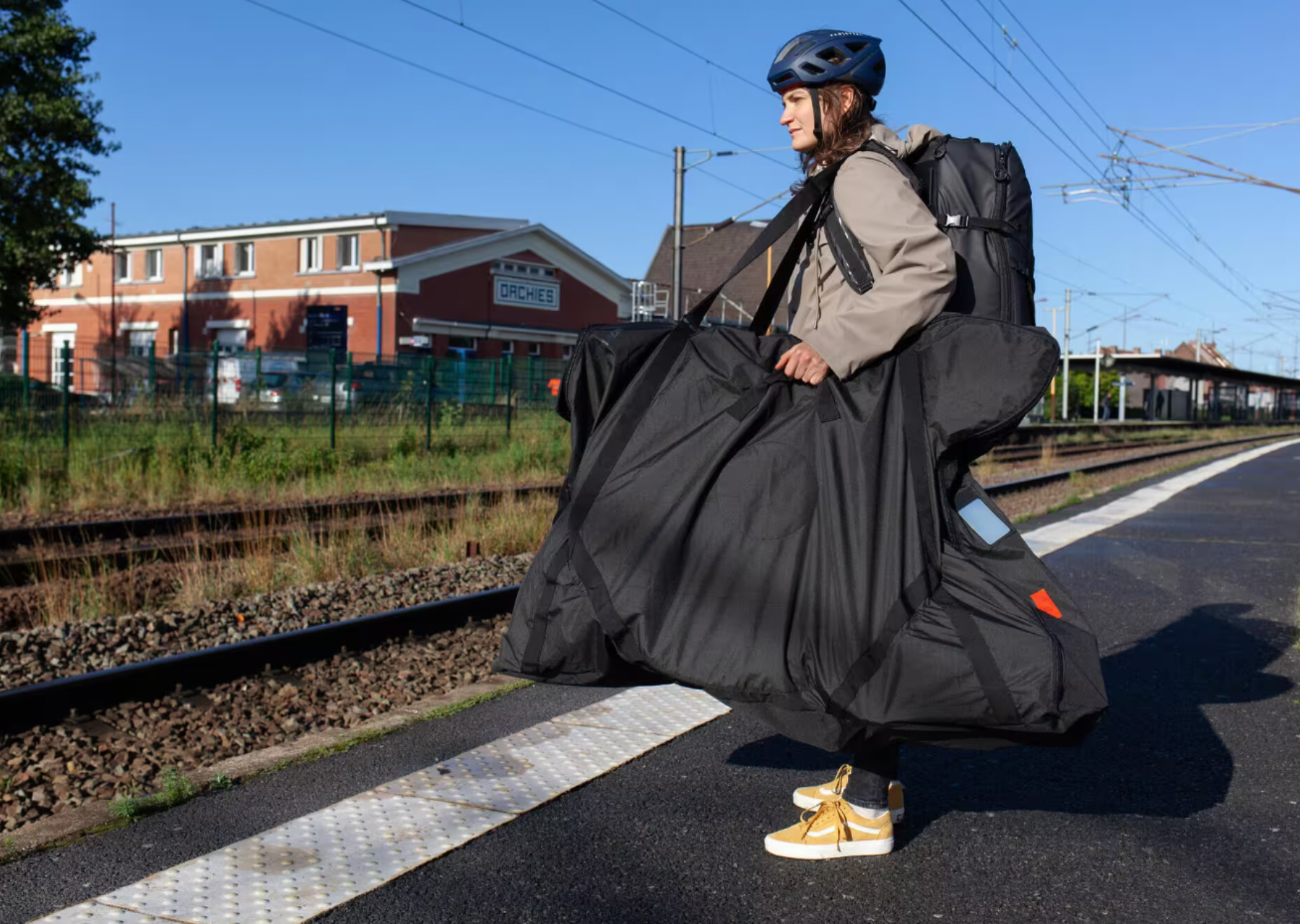
For trains that you can’t simply wheel your bike onto - almost all the TGVs as we’ve seen - you’ll need to take at least some of it apart and place everything in a bike bag. You’ll be transporting it so it doesn’t need to be protected like on a plane, but you’ll also need to be able to carry/manoeuvre it! Depending on the size of your bike and the bag you have, you can simply take the wheels off then turn the handlebars and fork, or you’ll need to get more involved with taking pedals, handlebars and derailleurs etc off. Don’t forget to protect the rear derailleur whatever you choose!
There’s different types of bike bag available:
Soft unpadded bike bags - ideal for protecting your bike from and bumps and scratches without having to fully take your bike apart, they are easily packable when not in use too. You can even rebuild your bike at the station and pack the bag away into your luggage!
Decathlon has a great option, see the photo below.
Rigid bike bags - these give your bike max protection during your journey but can be harder to manoeuvre and bulkier to store when not in use.
Thule have a hard case that will protect your bike from almost anything, and Evoc have soft sided bag with a hard base and reinforced corners for good protection but still foldable but bulky when not in use.
The halfway house bag - gives you a great compromise between a bit more protection for your bike without the added bulk.
Pro have a semi padded option that will give your bike some protecting and be easier to stash in the train as well as at home when not in use.
If you are travelling on the TER regional trains, it’s a good idea to prepare your bike for its journey too even if you aren’t using a bag. Once you’ve found a spot for it on the train, make sure the pedals and handlebars won’t get caught by anyone passing by with their own luggage. Any panniers or kit you have attached to you bike need to be secure so that getting on and off is as easy as possible (you may need to lift your bike) and to keep your bike (and other passengers!) safe during the journey.
3. Book well in advance and avoid peak times
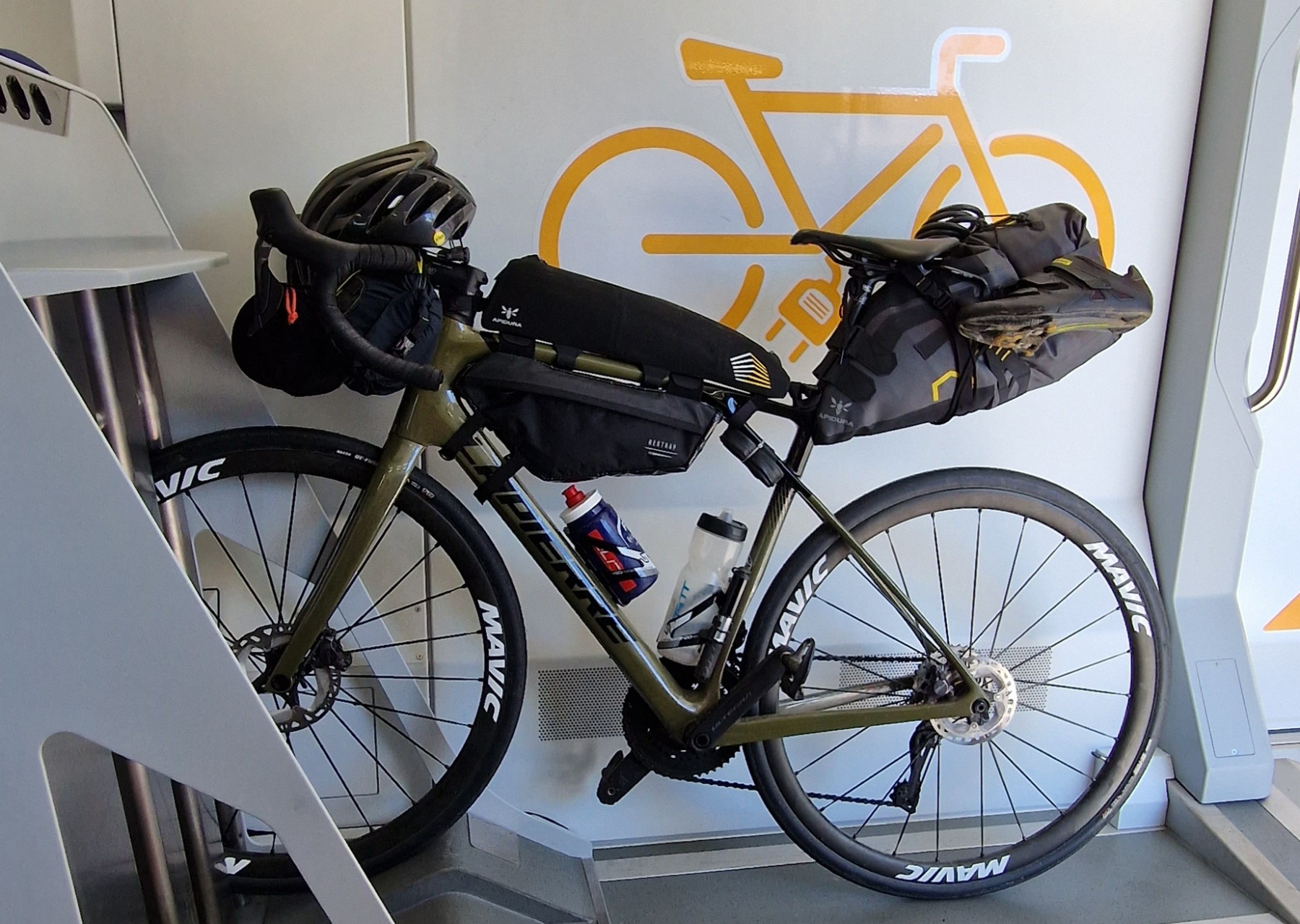
If you’re planning to use the TGV, remember that bike spaces are often limited and need to be pre-booked. During holiday periods and over public holidays the bike spaces fill quickly so it’s always best to book as far in advance as possible, and don’t forget the bike space! It will normally cost you between €10-15. The SNCF has a really good app (SNCF connect) for booking train journeys - you can add your bike at the time and what your bike will cost, as well as seeing what type of train you’ll be on.
On the TER, even though generally you don’t need to book or pay for your bike, check anyway just in case! In neighbouring countries that have connected train services with France like Switzerland, bookings are necessary on weekends and during public holidays.
Travelling during peak times with a bike can be stressful, as there’s less space everywhere - on the platform and getting onto the train etc - and other passengers can even resent your bike and therefore you for being there! If you can avoid the morning and evening commuter rush hours so that you have a much more enjoyable journey.

4. Be organised for getting on and off the train
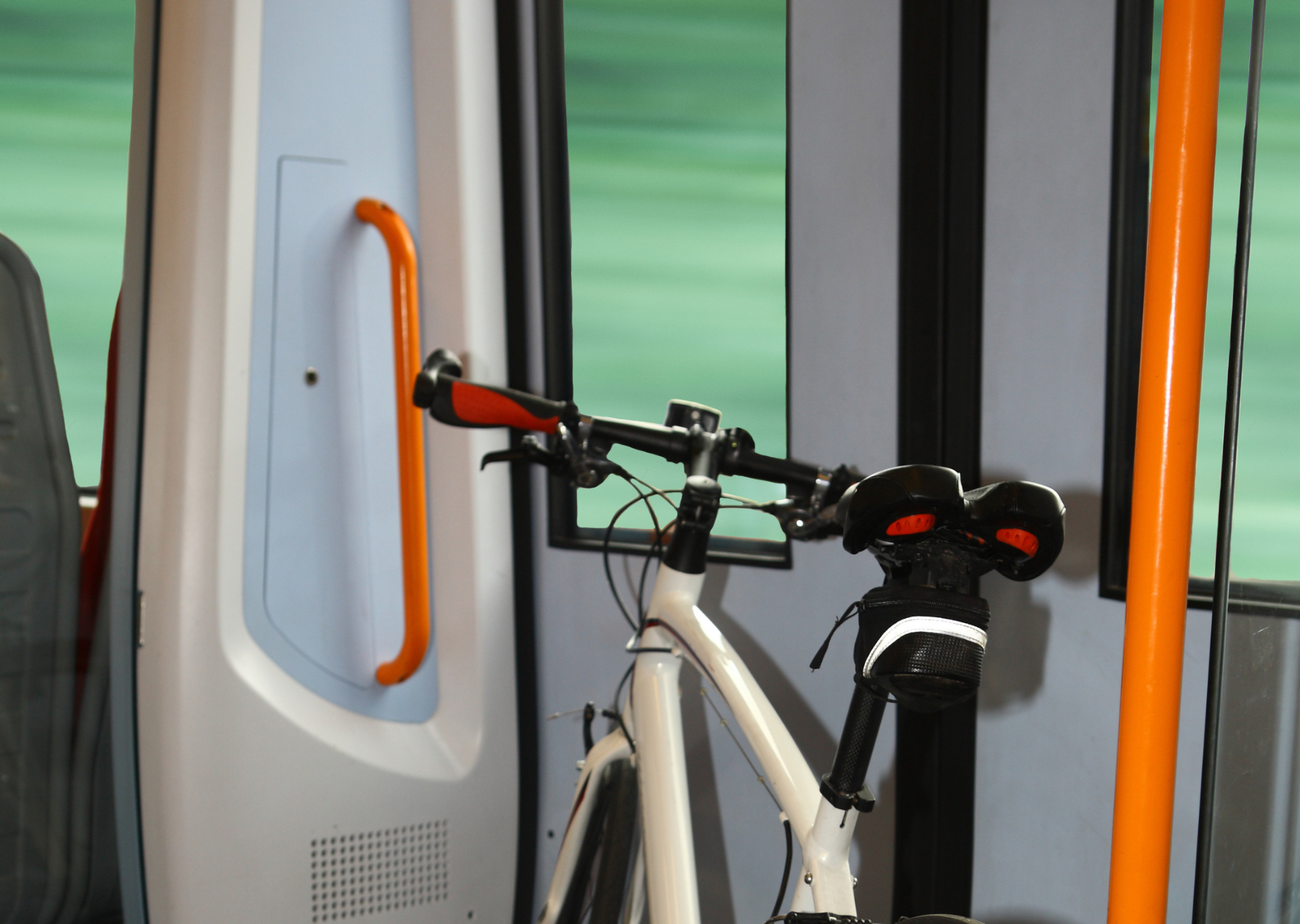
Sometimes you won’t have much time to get you, your bike and your luggage on or off the train, especially at smaller stations. You’ll need to use lifts to avoid escalators and stairs to the platforms (where there’s often a queue!) and find where to wait on the platform to be in the right place for the bike carriage, which will make boarding the train much simpler. As you near your destination, go to your bike and make sure everything is well attached you that you can be efficient when unloading. A little preparation goes a long way!
And don’t hesitate to ask other passengers for help if you need it, you’ll find with a small that there’s still plenty of friendly people in the world, who will most likely be interested in your journey too!
5. Plan your entire journey
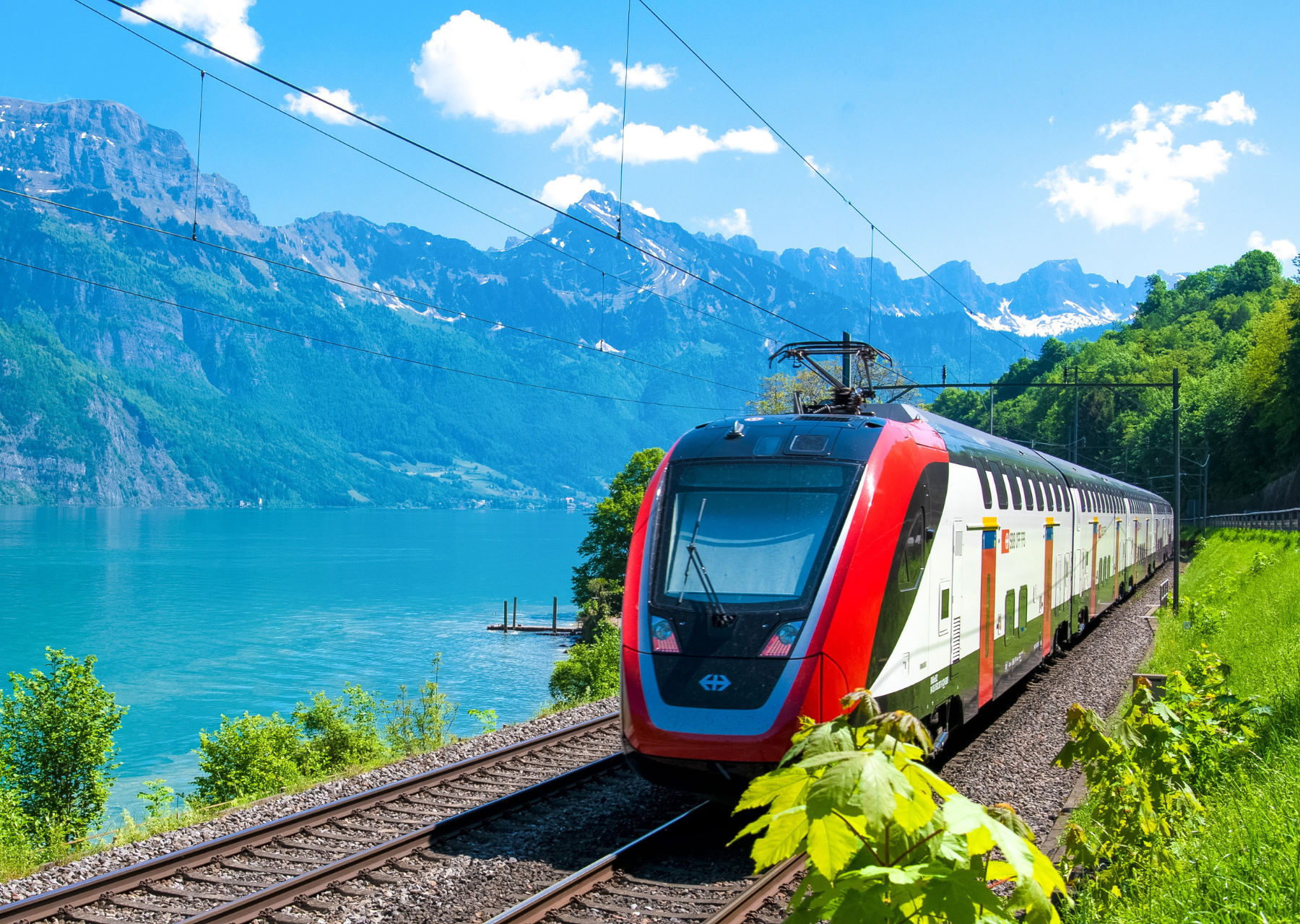
When travelling with a bike, the train is often just one part of your journey. A bike in bits in a travel bag isn’t that practical for fitting in a taxi at the other end and can be awkward when changing trains or even stations, so plan your stopovers etc carefully.
Good to know beforehand:
Your exact train times and any connections you need to make. Western European trains are generally fairly on time, and they won’t wait, so make sure you have enough time to negotiate changing platforms and trains as needed.
How you’ll get from the station to your final destination, or how you’ll change stations in Paris for example if needed. Plan ahead to simplify this last part of the puzzle.
In a nutshell…
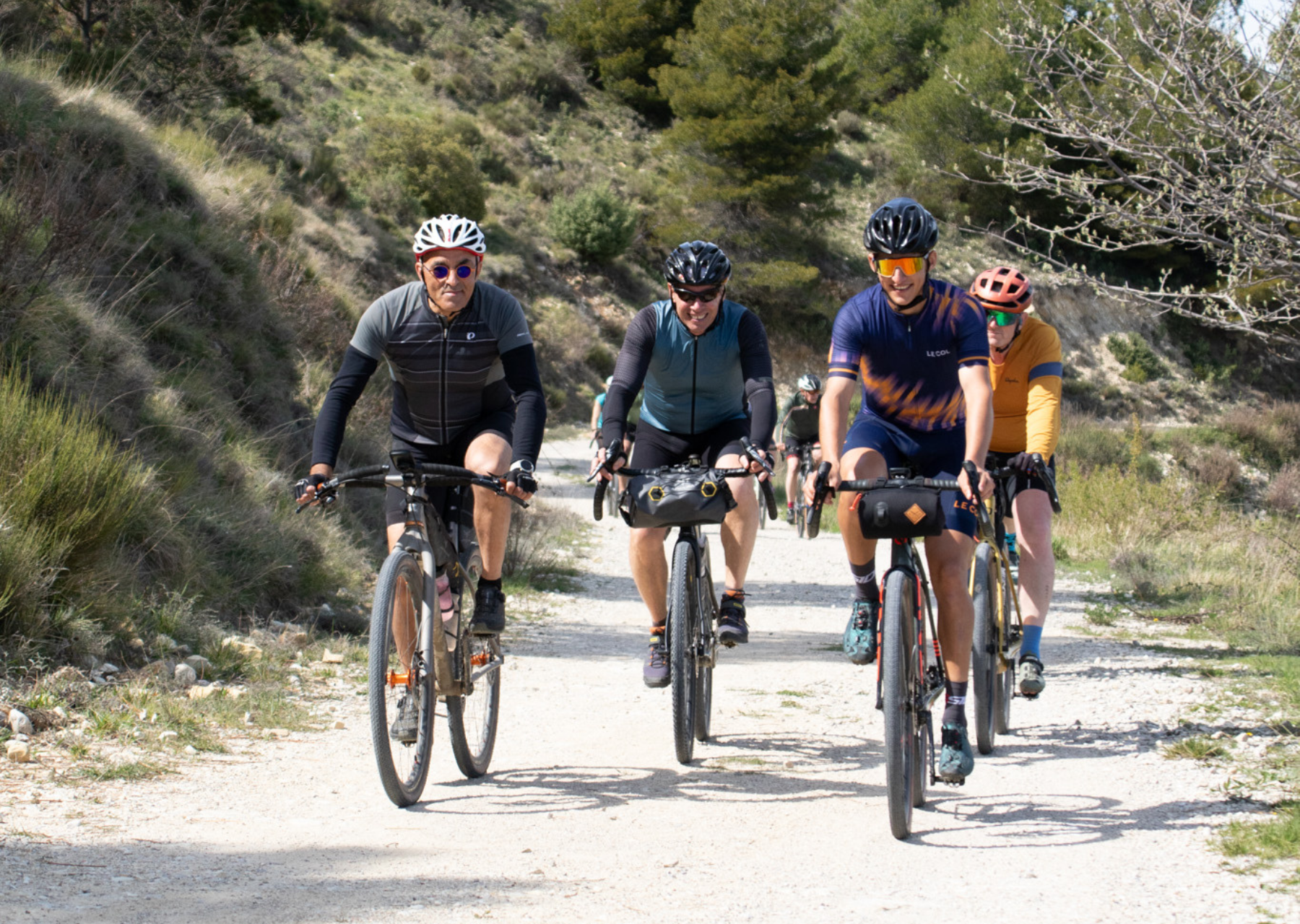
Don’t stress! Taking your bike on the train doesn’t need to be tricky, and can be smooth, satisfying and much easier that flying.
What to remember for a smooth ride on the train:
Check the rules for different trains
- make sure you know which type(s) of train (Eurostar, TGV, TER, Intercités etc) you’ll be taking and the bike policies for each of the trains on your journey.
Use a decent bike bag
- choose a bag that you can carry/manoeuvre and that will protect your bike enough.
Book ahead
- book your tickets and you bike on board the TGV and Eurostar as far in advance as possible, so that you both have a smooth and confortable journey.
Plan your changes and onward journey
- check all your timings so that you’ll have enough time to make connections, and plan how you’ll cross Paris (or better avoid Paris by travelling via Lille!) for example if you are coming in on the Eurostar.
And finally once you have arrived - make the most of your ride!
Here at GravelUp we take pride in simplifying things for you. All our destinations have great access by train, and our destination manager will even pick you up from the main train station.
👉 You can check out all our destinations here.
If you’re in search some inspiration and of what’s possible by train, have a look at this excellent blog Mollow (only in French by you can use google translate!). You’ll find a wealth of information and lots of practical train journey advice the world over.


